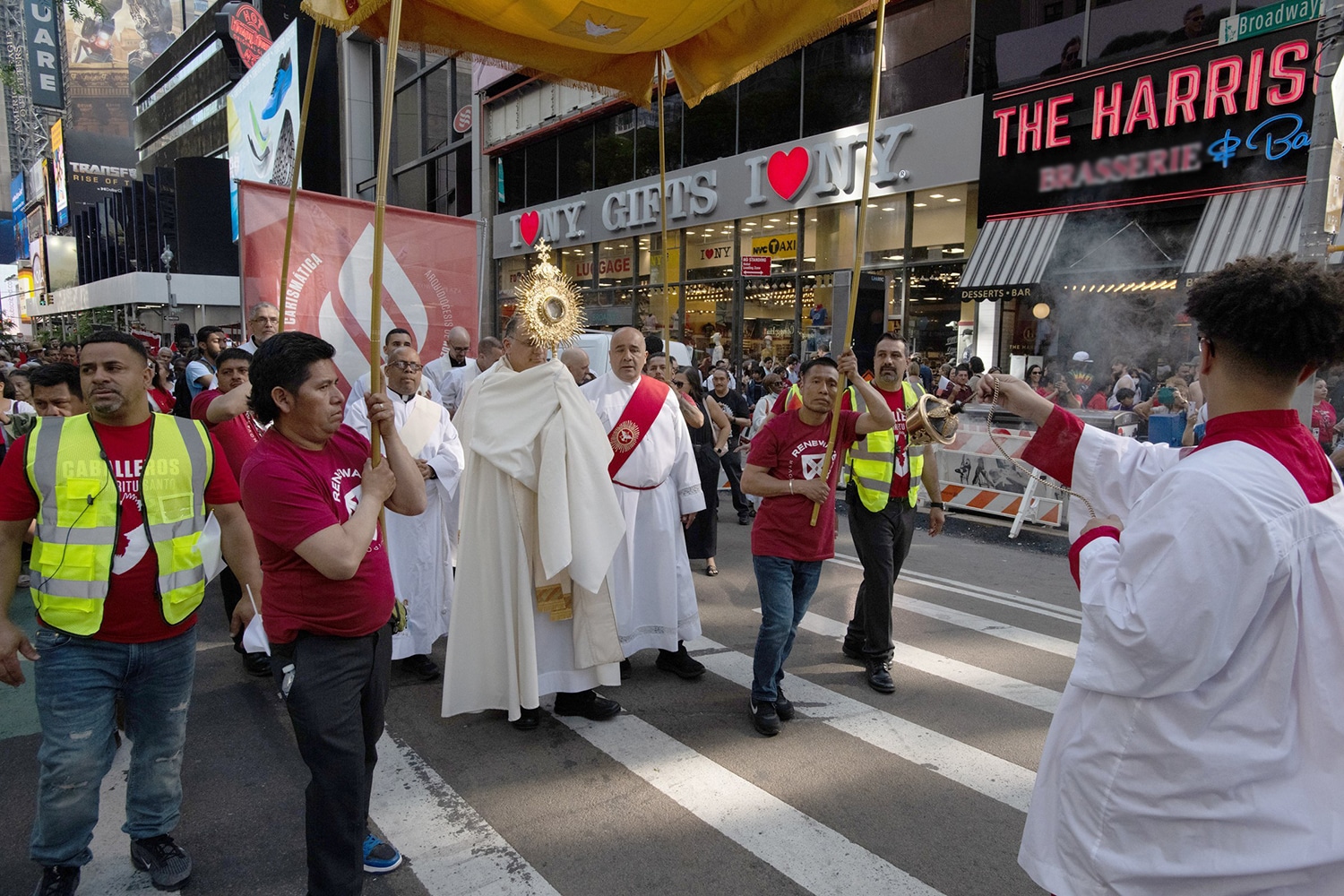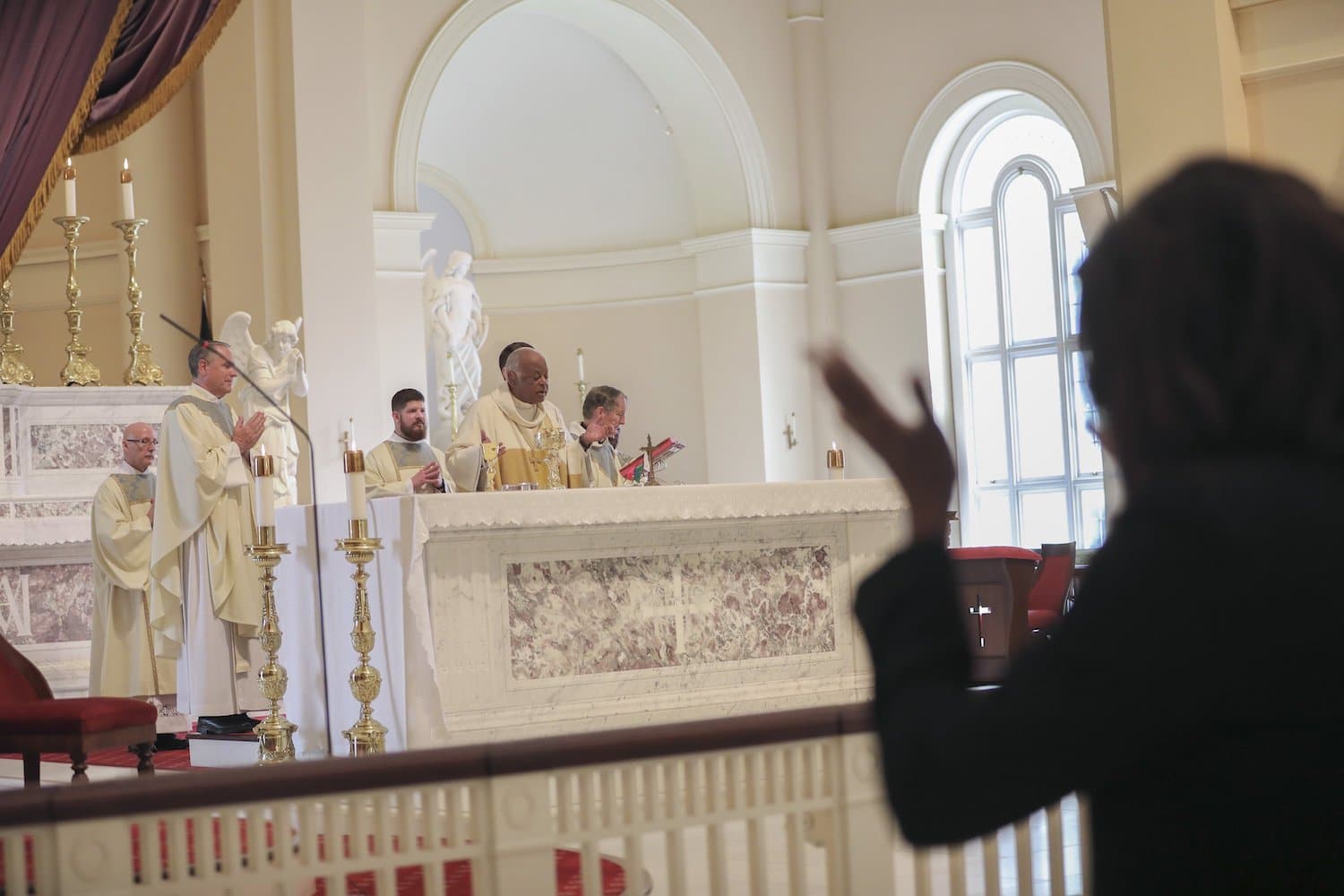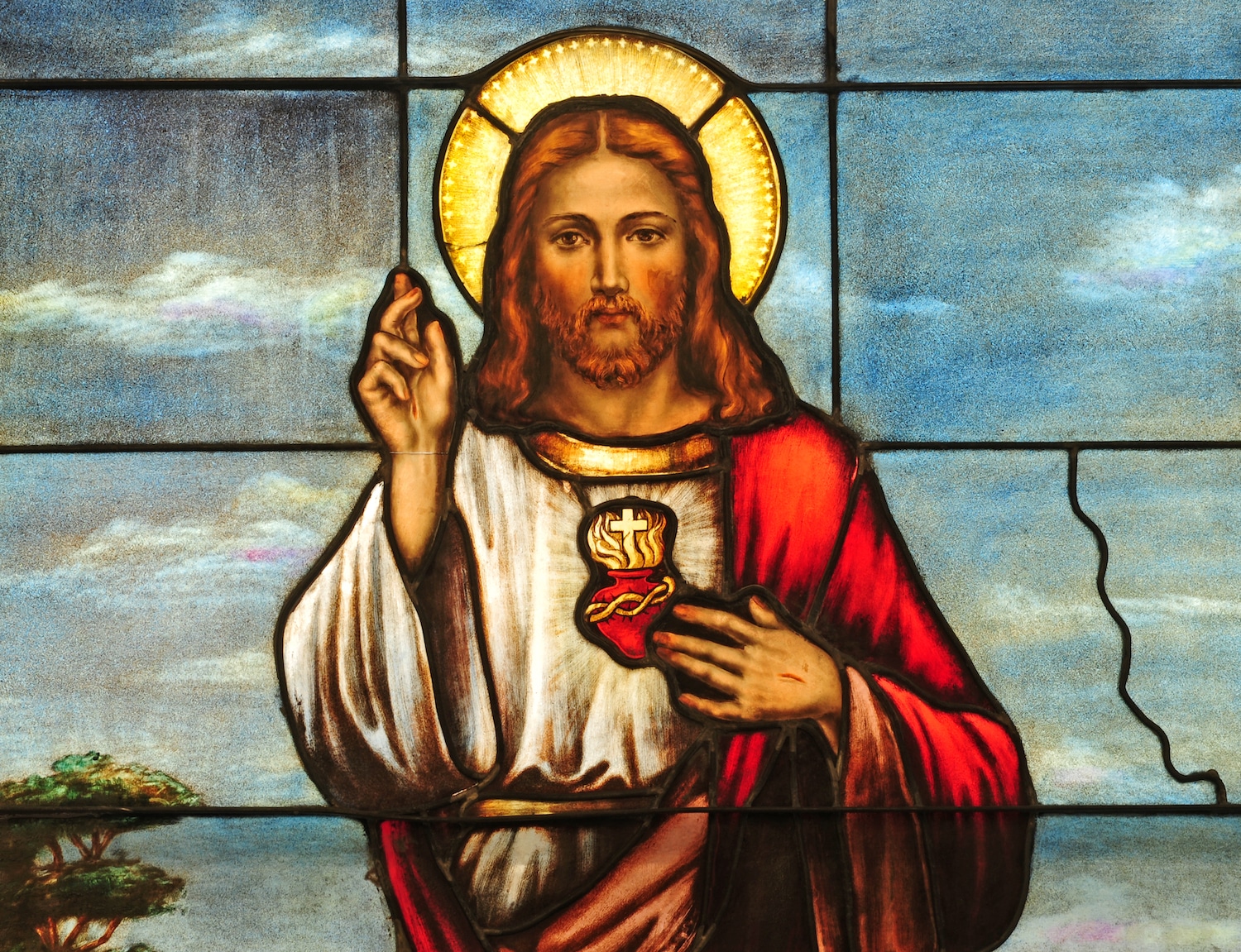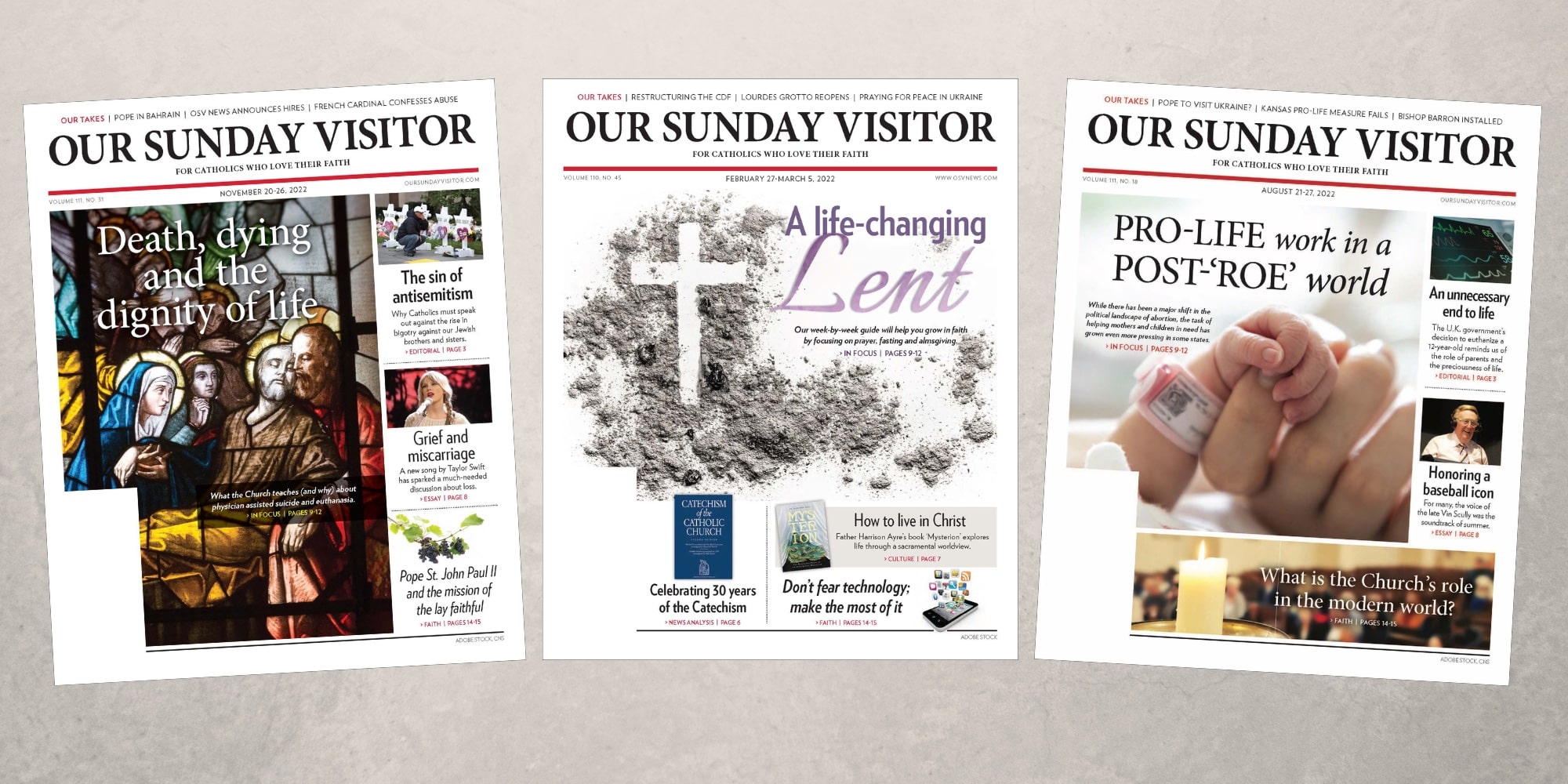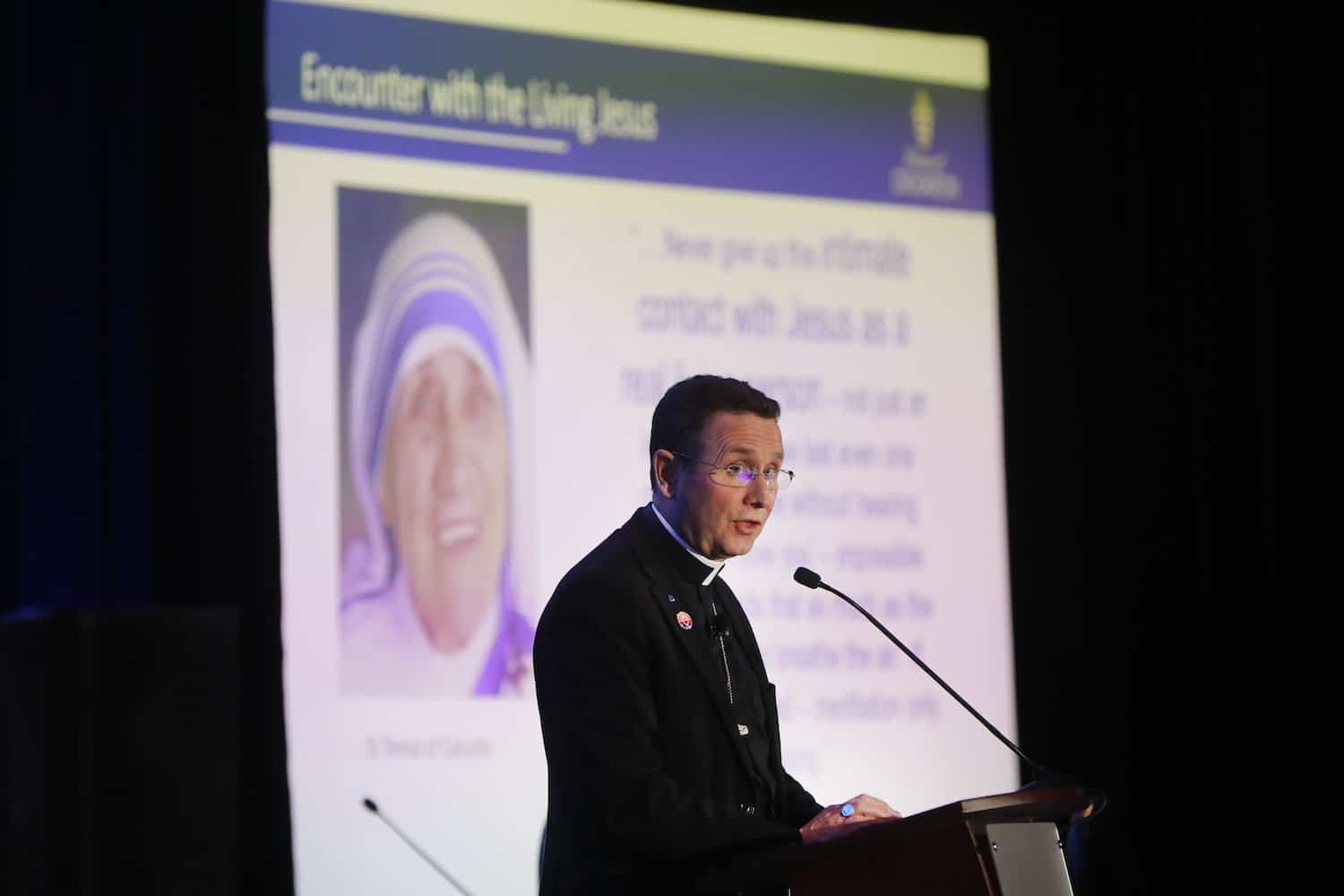(OSV News) — With the feast of Corpus Christi, the National Eucharistic Revival enters its second year and shifts its focus to parish renewal — a year organizers expect will inspire more parishes to increase the Eucharist’s visibility in their communities through Eucharistic processions.
“Processions have been a very public witness and display of faith,” said Joel Stepanek, the National Eucharistic Revival’s chief mission officer. Because of that public nature, they can be “jarring,” he said, prompting both Catholics and non-Catholics to reflect on the Real Presence.
“Just the stories and the images of the various processions that have been undertaken … have been some of the most striking examples of how, on a diocesan level, there has been a response to this call for revival,” he said.
Launched as an initiative of the U.S. Catholic bishops in June 2022, the National Eucharistic Revival is a three-year movement that aims to deepen Catholics’ love for Jesus through encountering him in the Eucharist. The revival’s second year leads up to a National Eucharistic Congress in Indianapolis.
The revival’s first year was titled “The Year of Diocesan Revival,” and efforts focused on formation for diocesan leadership and diocesan-wide events. The revival’s second year, “The Year of Parish Revival,” aims to reach Catholics in their parishes through renewed attention to the “art” of the Mass, Eucharistic devotions, and small-group faith sharing and formation.
Eucharistic processions — which consist of the Eucharist, typically displayed in a monstrance, followed by the faithful for any length of distance inside or outside of a church — became common forms of public devotion for Catholics at points in the Church’s history when the teaching on the Real Presence was questioned. Catholics believe the Eucharist truly is the body, blood, soul and divinity of Jesus Christ, who instituted this sacrament at the Last Supper.
As part of the Counter-Reformation, Pope Julius III issued a decree in 1551 during the Council of Trent that said the Eucharist “is to be honored with extraordinary festive celebrations (and) solemnly carried from place to place in processions according to the praiseworthy universal rite and custom of the holy Church.”
Processions have been visible signs of the National Eucharistic Revival, organizers say, with dioceses introducing new events or expanding long-standing ones. Among them was a two-hour Eucharistic procession in New York City, which on Pentecost, May 28, brought more than 4,000 Catholics to Times Square and ended with Mass at St. Patrick’s Cathedral.
Other dioceses have shared stories of evangelism through their processions, such as in Helena, Montana, where Catholics had a spontaneous, prayerful encounter with homeless people. In another city, Catholics planned to route their procession past the busiest brunch spot.
Processions are a traditional means of commemorating the feast of the solemnity of the Most Holy Body and Blood of Christ, commonly known by its Latin name, Corpus Christi, meaning “body of Christ.” In many U.S. dioceses, the June 8 feast is transferred to the following Sunday, June 11.
David Spesia, executive director of the Committee for Evangelization and Catechesis at the U.S. Conference of Catholic Bishops, the bishops’ committee spearheading the revival led by Bishop Andrew H. Cozzens of Crookston, Minnesota, said he hopes Corpus Christi processions create awareness “that this is the year for parishes to engage” with “that flowing of the love of the Lord out into the streets.”
“We’ve taken Jesus to the people,” he said. “Processions are a really unique opportunity for neighbors, for people who maybe don’t know anything about the faith to say, ‘Wow, what’s going on? Who is that passing by?'”
Eucharistic processions also will be a key part of the National Eucharistic Pilgrimage, four routes pilgrims will travel with the Eucharist across the United States culminating in Indianapolis for the National Eucharistic Congress, July 17-21, 2024. Organizers expect the Congress to draw 80,000 people.
In contrast to the magnitude of the national event, revival organizers are encouraging parishes to organize in small groups for formation and faith sharing, and are preparing online study resources to aid them.
While organizers expect “getting people back into the pews” to be a “fruit” of the revival, “the goal is really this encounter with Jesus in the Eucharist, and to understand that, when he promised he was with us always, the most unique and precious way that happens is with the gift of the Eucharist and the celebration of the Mass,” Spesia said.
Devotions and acts of popular piety such as Eucharistic processions and Eucharistic adoration do not compete with the Mass, but rather continue its celebration, he added.
“We all know that the celebration of the Sunday Mass is the key experience of the Church, worshipping the Father, with the Son, through the Holy Spirit,” he said. “Those devotions — that time of adoration — is the continuation of that celebration, that presence that comes from the sacrifice of the Mass. The Eucharistic processions flow from the Mass, and they’re designed to lead people back to the Sunday liturgy.”

